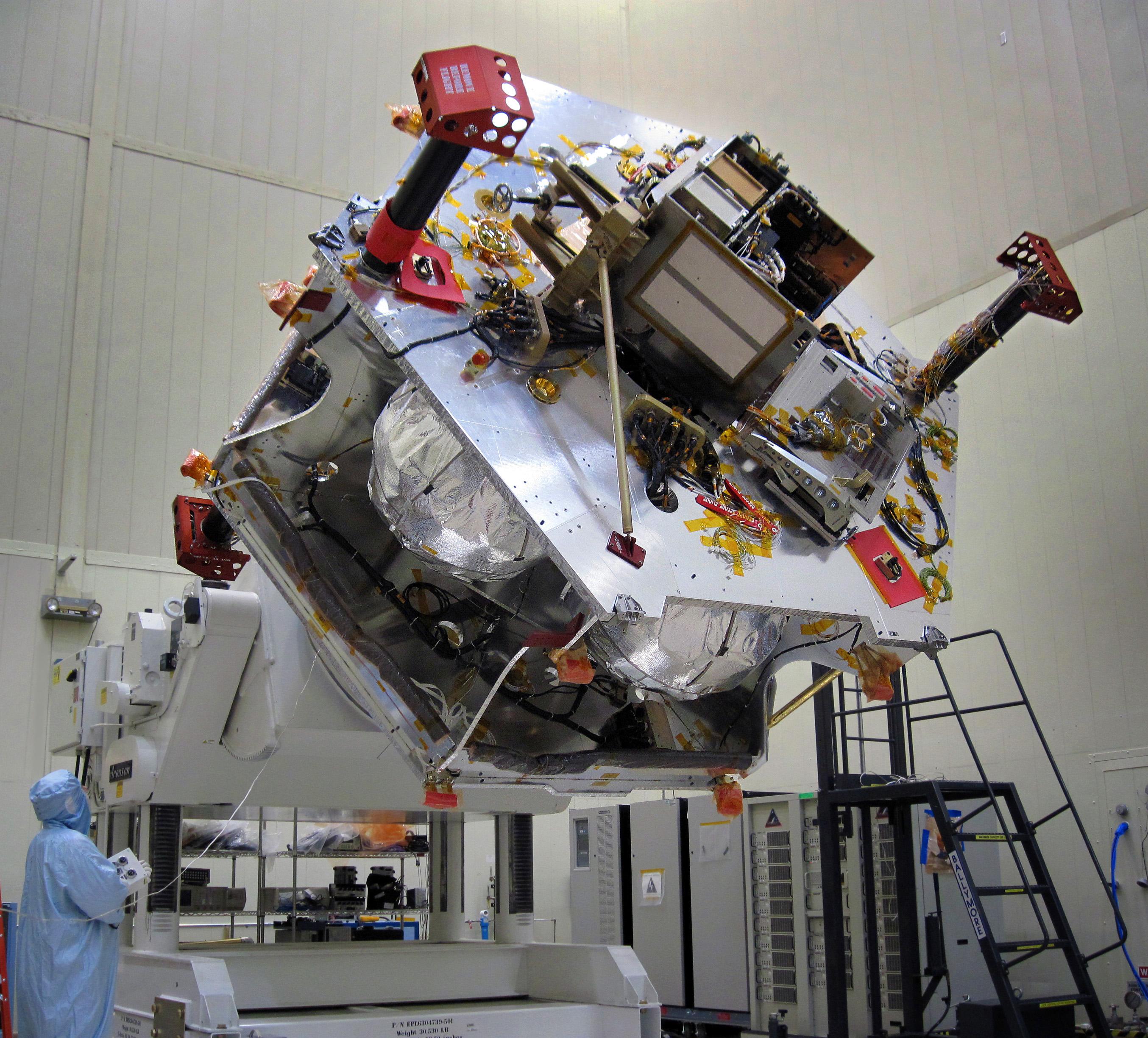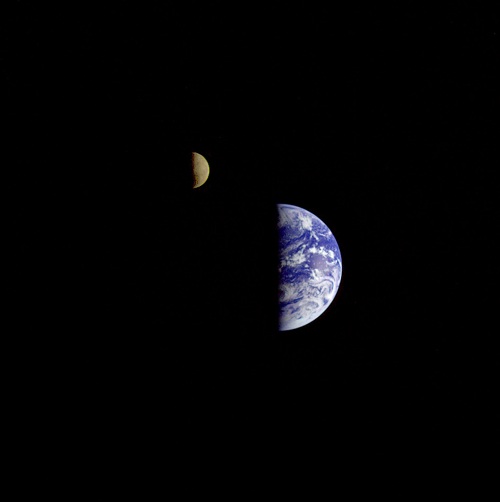JPL: Juno Armored Up to Go to Jupiter
Posted: Tue Jul 13, 2010 7:06 pm
Juno Armored Up to Go to Jupiter
NASA JPL Juno | 2010-230 | 12 July 2010
NASA JPL Juno | 2010-230 | 12 July 2010
NASA's Juno spacecraft will be forging ahead into a treacherous environment at Jupiter with more radiation than any other place NASA has ever sent a spacecraft, except the sun. In a specially filtered cleanroom in Denver, where Juno is being assembled, engineers recently added a unique protective shield around its sensitive electronics. New pictures of the assembly were released today.
...
An invisible force field filled with high-energy particles coming off from Jupiter and its moons surrounds the largest planet in our solar system. This magnetic force field, similar to a less powerful one around Earth, shields Jupiter from charged particles flying off the sun. The electrons, protons and ions around Jupiter are energized by the planet's super-fast rotation, sped up to nearly the speed of light.
Jupiter's radiation belts are shaped like a huge doughnut around the planet's equatorial region and extend out past the moon Europa, about 650,000 kilometers (400,000 miles) out from the top of Jupiter's clouds. ...
"For the 15 months Juno orbits Jupiter, the spacecraft will have to withstand the equivalent of more than 100 million dental X-rays," said Bill McAlpine, Juno's radiation control manager, based at NASA's Jet Propulsion Laboratory in Pasadena, Calif. "In the same way human beings need to protect their organs during an X-ray exam, we have to protect Juno's brain and heart."
The strategy? Give Juno a kind of six-sided lead apron on steroids.
Rotating Juno for Integrating Instruments
Once the radiation vault was installed on top of the propulsion module, NASA's Juno spacecraft was lifted onto a large rotation fixture to continue with its assembly process. The fixture allows the spacecraft to be turned for convenient access for integrating and testing instruments.
Juno's specially designed radiation vault protects the spacecraft's electronic brain and heart from Jupiter's harsh radiation environment. The vault will dramatically slow down the aging effect radiation has on the electronics for the duration of the mission. The image was taken on June 14, 2010, as Juno was being assembled in a clean room at Lockheed Martin Space Systems (LMSS), Denver.
NASA's Jet Propulsion Laboratory, a division of the California Institute of Technology, Pasadena, manages the Juno mission for the principal investigator, Scott Bolton, of Southwest Research Institute, San Antonio. Lockheed Martin Space Systems is building the spacecraft. The Italian Space Agency, Rome, is contributing an infrared spectrometer instrument and a portion of the radio science experiment.
For more information about Juno visit http://www.nasa.gov/juno.
Credit: NASA/JPL-Caltech/LMSS
Key things to know about Juno:
Juno will improve our understanding of our solar system’s beginnings by revealing the origin and evolution of Jupiter. Specifically, Juno will:
- Spacecraft launches in August 2011
- Five-year cruise to Jupiter, arriving July 2016
- One year at Jupiter will complete the mission (orbiting the planet 32 times)
- Determine how much water is in Jupiter’s atmosphere, which helps determine which planet formation theory is correct (or if new theories are needed)
- Look deep into Jupiter’s atmosphere to measure composition, temperature, cloud motions and other properties
- Map Jupiter’s magnetic and gravity fields, revealing the planet’s deep structure
- Explore and study Jupiter’s magnetosphere near the planet’s poles, especially the auroras – Jupiter’s northern and southern lights – providing new insights about how the planet’s enormous magnetic force field affects its atmosphere.
















